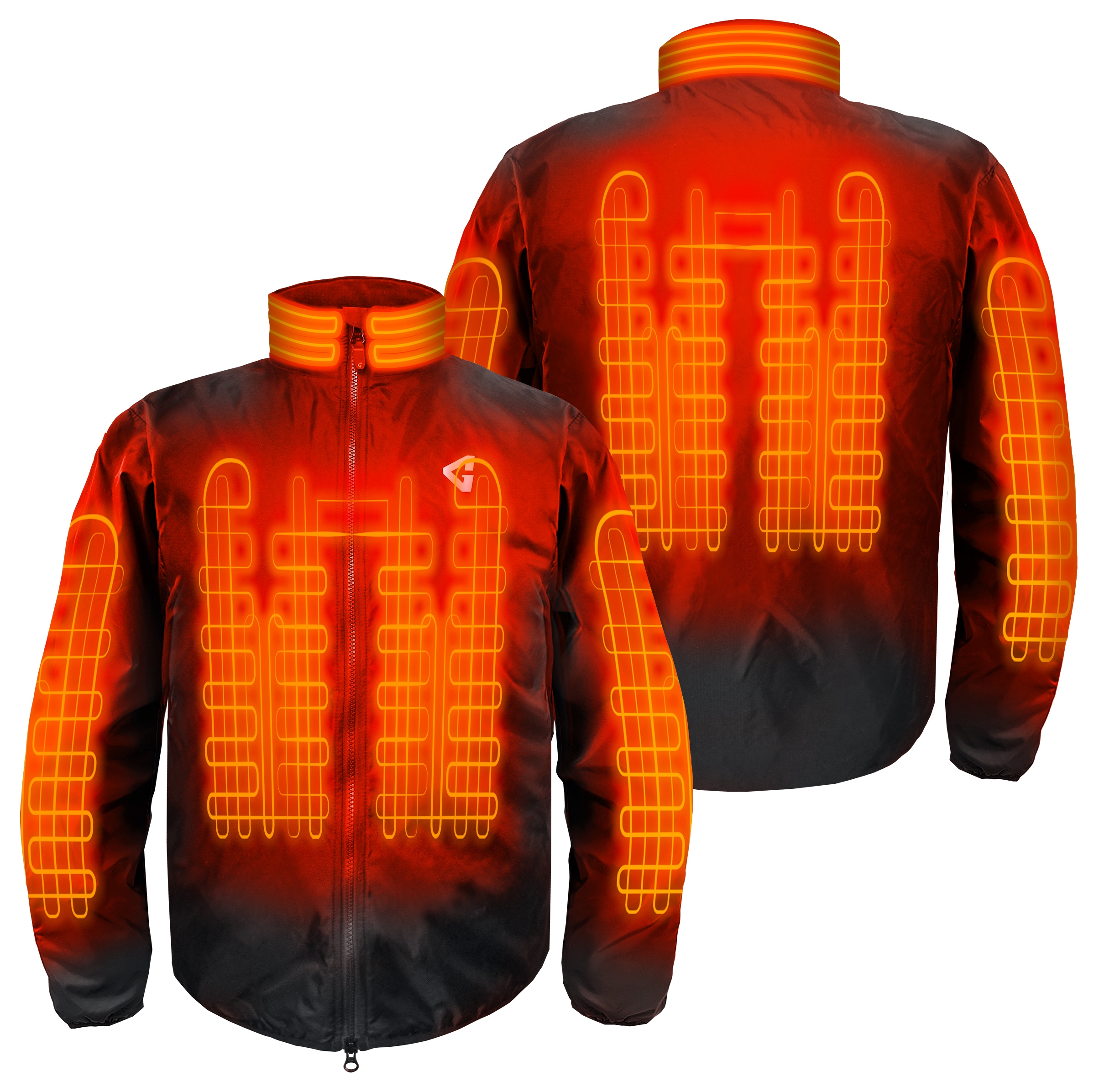The market for heated clothing is growing rapidly, when the outdoor industry is making preparations for winter. It’s confusing to choose what’s going to work for you, so here’s brief guideline on how to pick a suitable heated jacket or vest in accordance with your needs and preferences.
1. Size of the Jacket and Fit
Although the size may differ between different retailers to the next, you must ensure that your jacket is in good shape in order for the heat elements within to function. Always check out the site of the manufacturer for sizing charts. If you aren’t sure which size to purchase then go with a smaller.
Keep in mind that not all jackets are designed for warmth. These types of jackets usually lack insulation compared to more advanced winter cycling equipment. It is worth looking into a more professional winter cycling jacket you feel your existing jacket isn’t working well in colder weather.
2. Thermal Layers
To insulate from heat Most heated jackets require an additional layer. One of the most common materials used for the layers is Thinsulate that is said to be both lightweight and very effective at trapping heat. It is likely that you will want to wear the fabric against your skin as you do not want it to rub against the outer layer of the jacket. If you’re looking to purchase a jacket that is heated but without an additional layer of warmth, it may be necessary to put on more.

3. The time for charging and battery life
All of the jackets included in the table above are supplied with their own charger and battery pack. Certain batteries are fully charged in just two hours, while others need eight. The longer your jacket contains temperatures, the more time it will take to charge. But if you happen to have to be stuck somewhere and don’t have a place to plug in your charger, think about using an external battery pack to help to boost your battery.
Also, take note of the estimated battery lifespan for every jacket, so that you are aware of the length of time you will remain warm without worrying about recharging or switching out batteries. Find jackets that are powered by lithium-ion batteries, if you can. They are more likely to last longer than other types of batteries.
4. Heating Levels
The majority of the jackets that we’ve looked at have high and low heating settings. If you plan to stay for a short period and you want to cut down on power, using the low setting will be more than sufficient. But if you’re going on a long trip or anticipate riding at high speeds, it’s recommended to go with the higher setting.
5. Comfort Controls
Many jackets have a built-in remote control, however you must be able to control the heat that your jacket’s output is. If you go from a warm area to a cold space, the jacket won’t make you shiver immediately after you switch off. So I highly recommend that every jacket that is heated has some kind of temperature control.
6. Battery Life Indicator
As with your car’s gas tank, it can be quite frustrating when the battery dies right before you’re about to get back home. One way to avoid this scenario is by checking the indicator of battery life prior to your departure for your ride and making sure it is fully charged. Jackets can inform you of how long your battery is likely to last, based on its heat level. This will ensure that you don’t freeze in the frigid winter air.
7. Fit & Style
Make sure you are aware of the intended use of your heated jacket. If you’re just wearing it to stay warm while out in the elements If you are looking for a looser cut, a looser cut is likely to work just fine. But if you want something more versatile and can be worn as part of your everyday wardrobe, you will probably need an elongated jacket.
For more information, click men’s heated vest